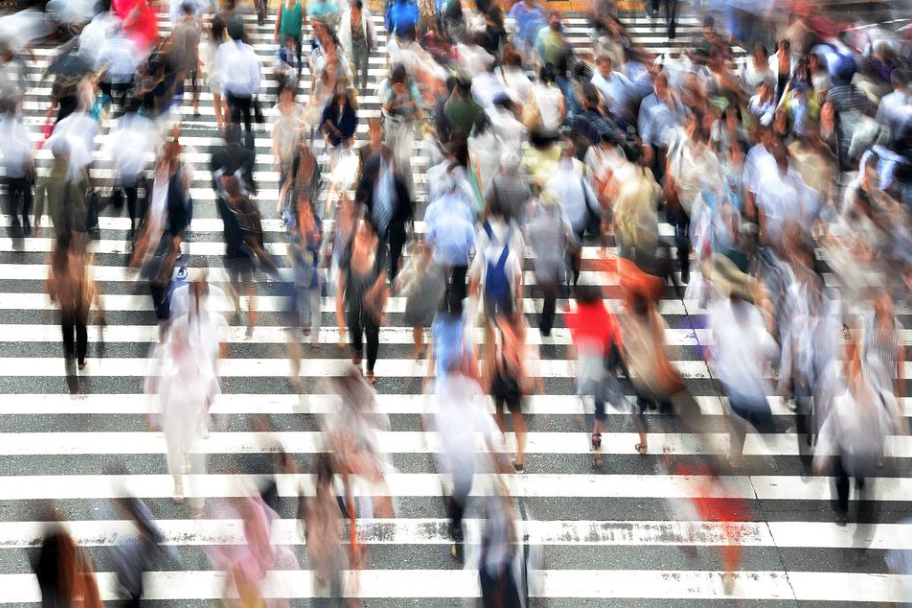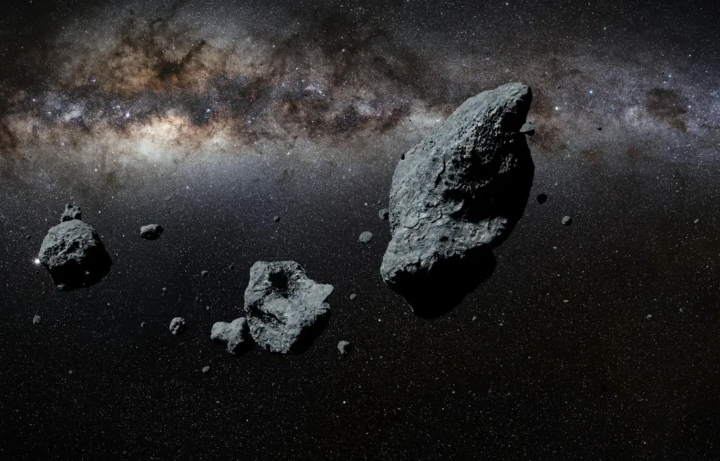About 8 billion people live on Earth today, but our planet was not always so crowded.

When Homo sapiens likely initially arose, some 300,000 years ago, there were between 100 and 10,000 people in general. According to Joel E. Cohen, director of the Population Laboratory at Rockefeller University and Columbia University in New York, there were so few individuals in the beginning that it took around 35,000 years for the human population to double.
It took 1,500 years for the human population to double after the development of agriculture 15,000 to 10,000 years ago, when there were 1 million to 10 million people on Earth. And it only took 130 years at the start of the 19th century.
The population of the Earth doubles once again in the 44 years between 1930 and 1974. But is this rate of population growth anticipated to continue? And is there a maximum number of humans that our planet can sustain?
In 1679, Antoni van Leeuwenhoek, a scientist and inventor of the microscope, estimated that the Earth could support 13.4 billion people. Leeuwenhoek calculated that the Netherlands occupied 1 in 13,400 of the Earth’s habitable land, so he multiplied the Netherlands’ population of 1 million by 13,400.
Over 40 years of research, Cohen collected 65 estimates ranging from 1 billion to 1 trillion people. “The spread in estimates of how many people the Earth can support increases over time, which means there is little consensus on how many Homo sapiens our planet can support.”
Engineers originally used the term “carrying capacity” to describe how much cargo a ship could carry. In the 19th century, wildlife managers used the term in herd management, before scientists later applied the concept to ecology to describe the maximum population of a species that a given habitat could support.
Within a habitat, a population will remain stable if birth and death rates are equal, Cohen says. But environmental changes, such as pollution or disease, can increase or decrease the carrying capacity of a habitat.
As Cohen explains, when it comes to human populations, “carrying capacity depends on both natural constraints and human choices.” For example, natural constraints include food shortages and uninhabitable environments. Human choices include birth rates, life expectancies and migrations, as well as interactions between the economy and culture, such as how we produce and consume goods.
“The future of the world’s population is driven by a mix of survival and reproduction,” says Patrick Gerland of the United Nations (UN) Population Division in New York. “If you have a ratio of two children per couple, then you can maintain a more or less stable population size. Once you get to a number less than two, from one generation to the next, your population will shrink or decline. If you are above that and the majority of people survive, your population will increase.”
Many low-income countries around the world have high birth rates and large family sizes, but also high infant mortality rates and shorter life spans.
However, Gerland says, “More and more countries, once they reach a certain stage of socioeconomic cultural development, tend to approach around two or fewer children per couple.” This means that while access to health care increases population growth by extending life expectancy, this tends to occur in countries with declining birth rates.
Global population growth peaked in the 1960s and has slowed since then. According to the UN Population Division, in 1950 the average birth rate was 5.05 children per woman, falling to as low as 2.44 children per woman in 2020.
As Gerland explains, “The scientific consensus now is that the world population will peak sometime later this century.” According to the United Nations Population Division, the world population is projected to reach 10.4 billion people in the 2080s and remain there until 2100. But Gerland emphasizes that the more demographers look into the future, the more speculative and uncertain their predictions become.
The number of people the world can support is not a fixed number. The way humans produce and consume natural resources affects how our environment can sustain future populations. As Gerland says, “When it comes to carrying capacity, it’s a matter of mode of production, mode of consumption, who has access to what and how.”
A study published in the journal Proceedings of the National Academy of Sciences found that if the population of the United States switched to a vegetarian diet, the land used to grow crops for humans instead of animal feed for meat production would feed an additional 350 million Americans.
According to Max Roser, director of the Oxford Martin Global Development Program, high-income countries, where women have increased access to education and family planning, tend to have lower birth rates and smaller family sizes than middle- and low-income countries.
In other words, there may be an upper limit to how many people the Earth can support, but we don’t know exactly what that number is. It depends on how we produce, consume and manage our resources.
Live Science. July 11, 2022.



